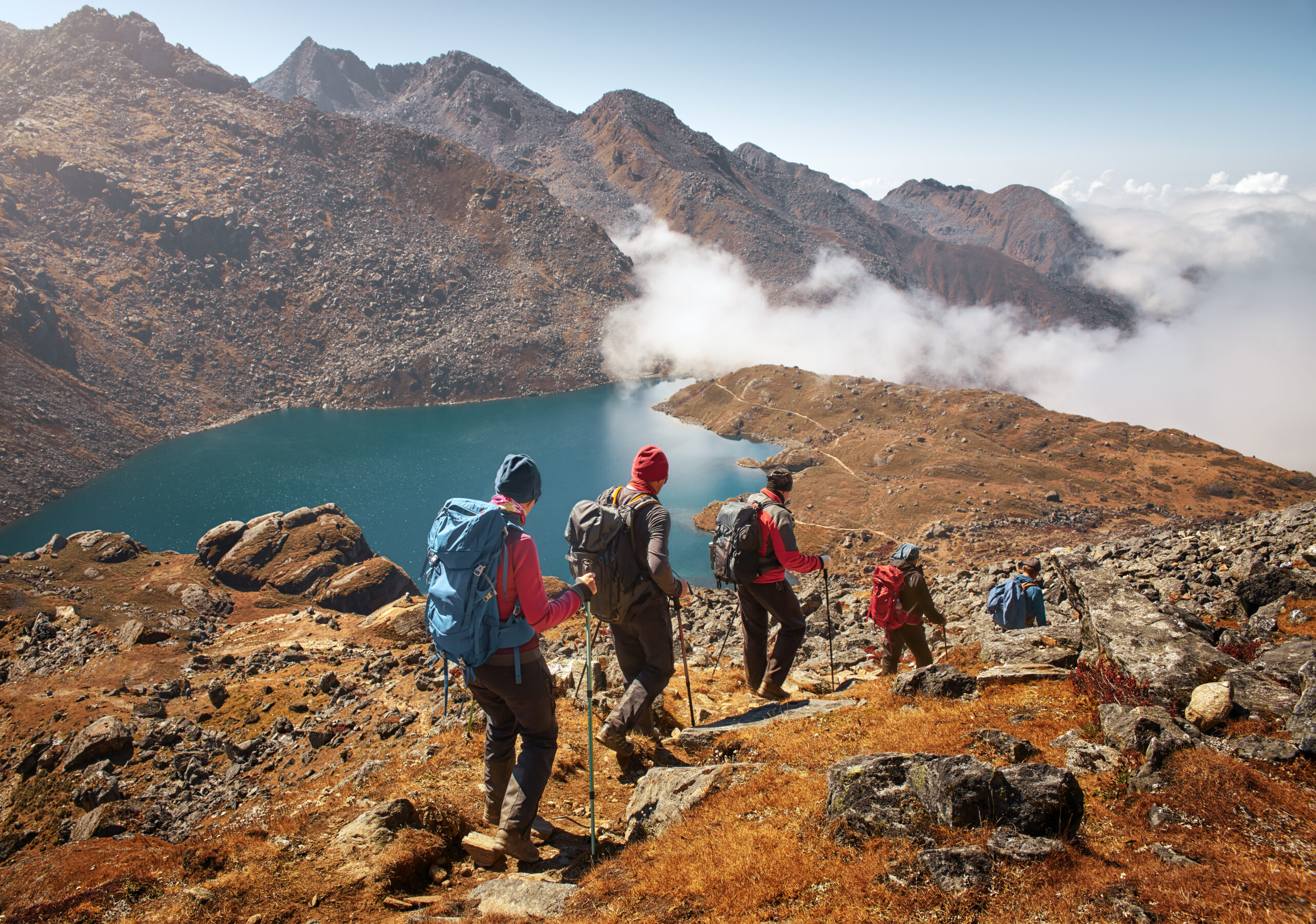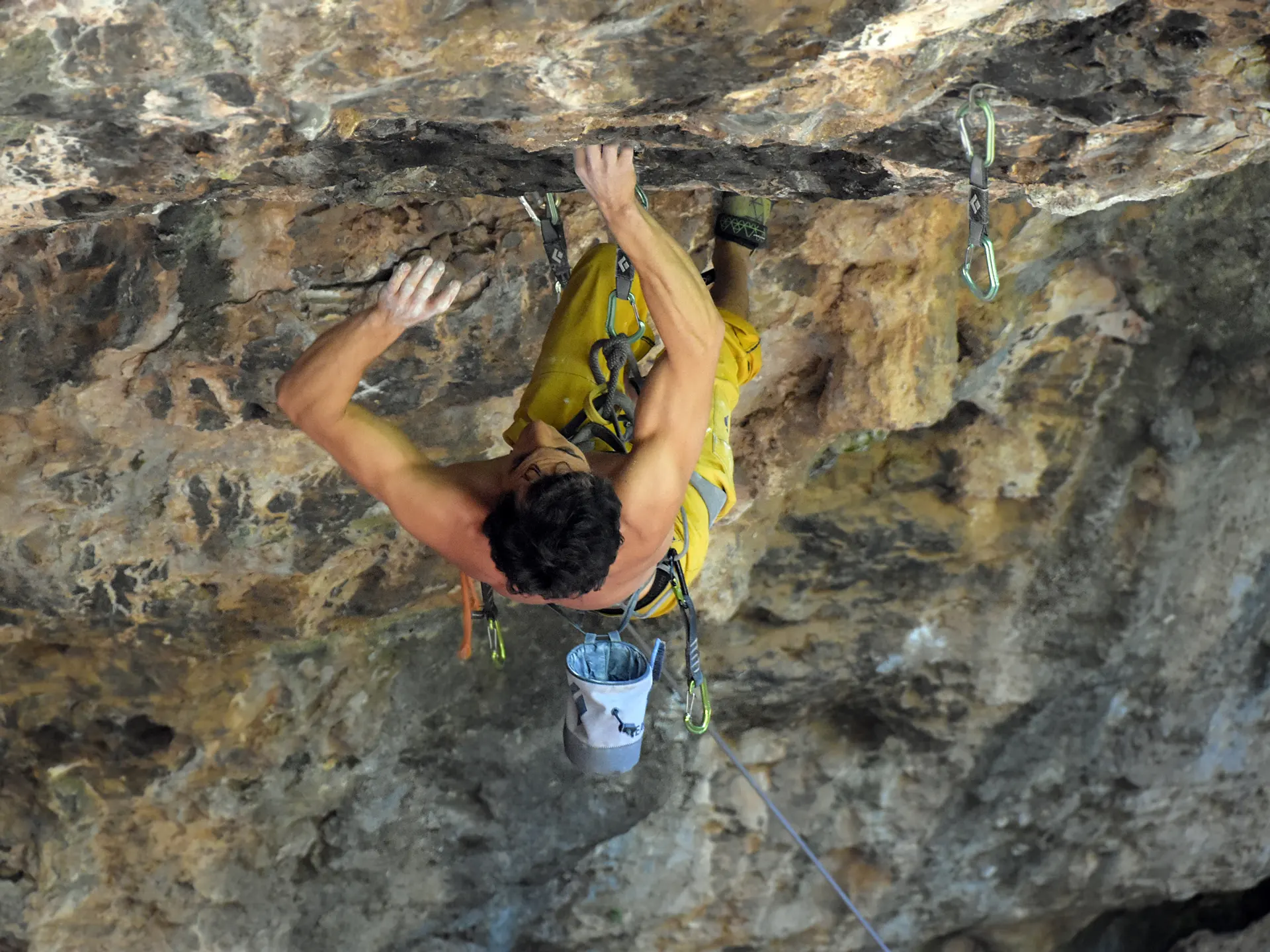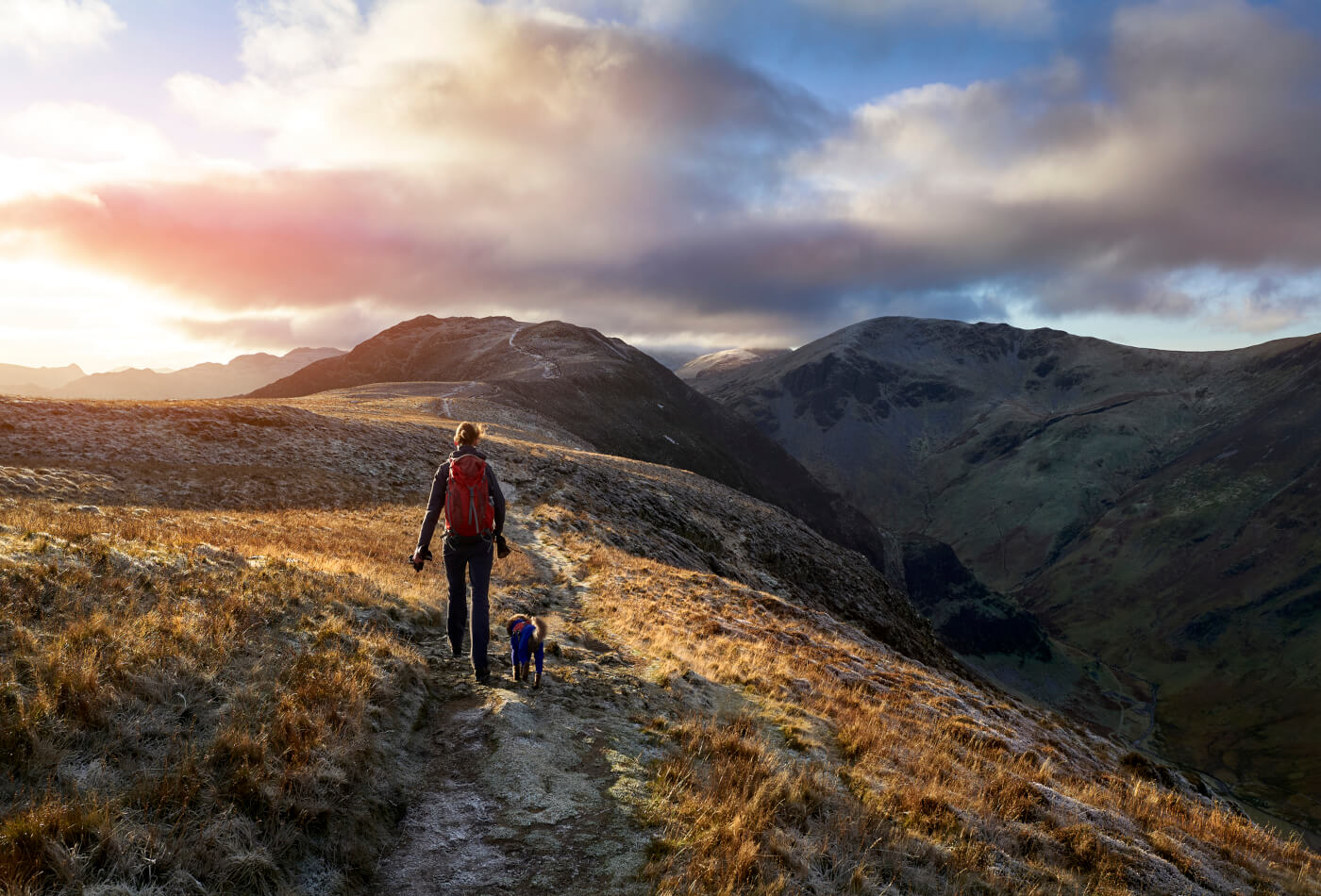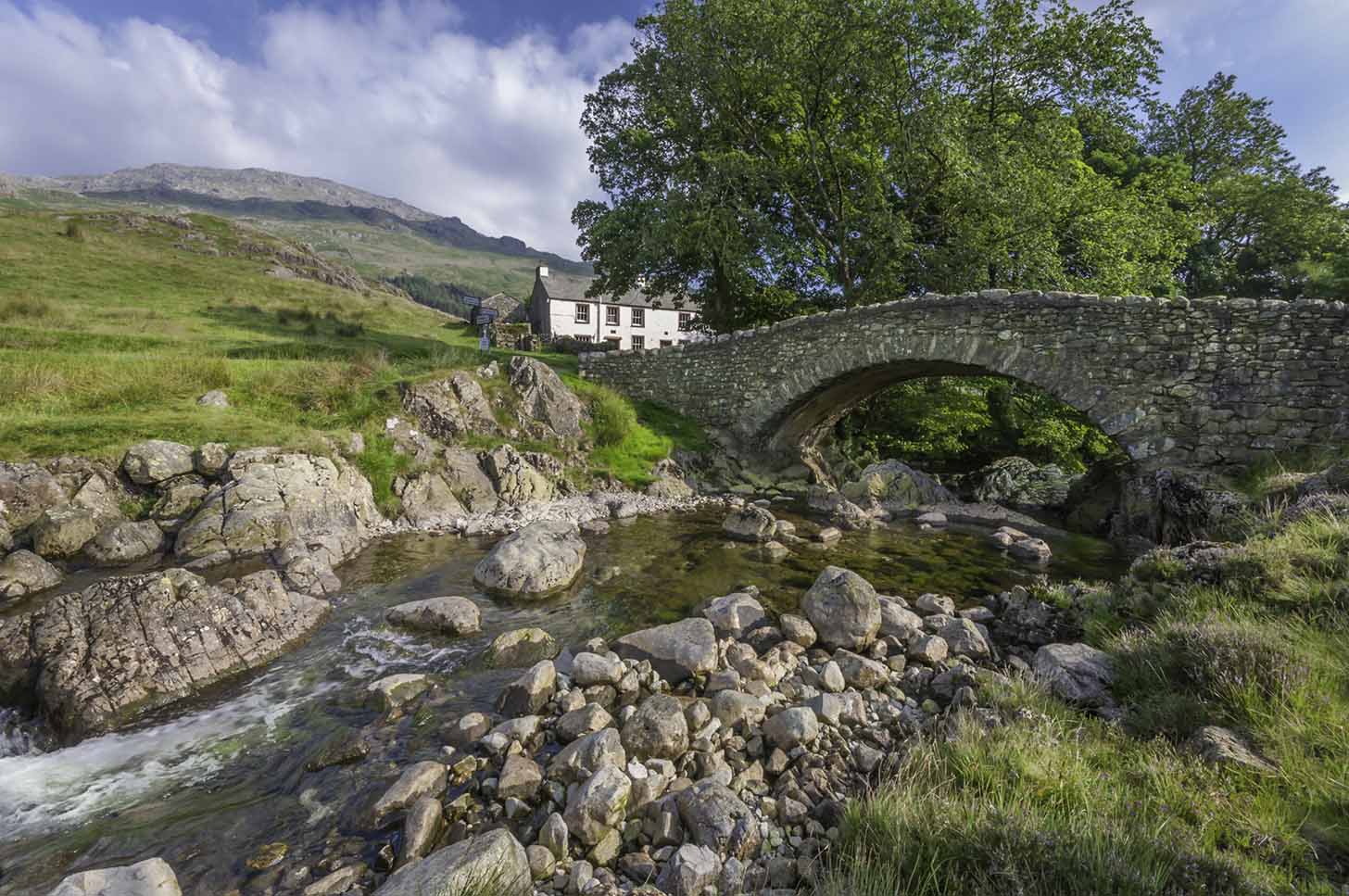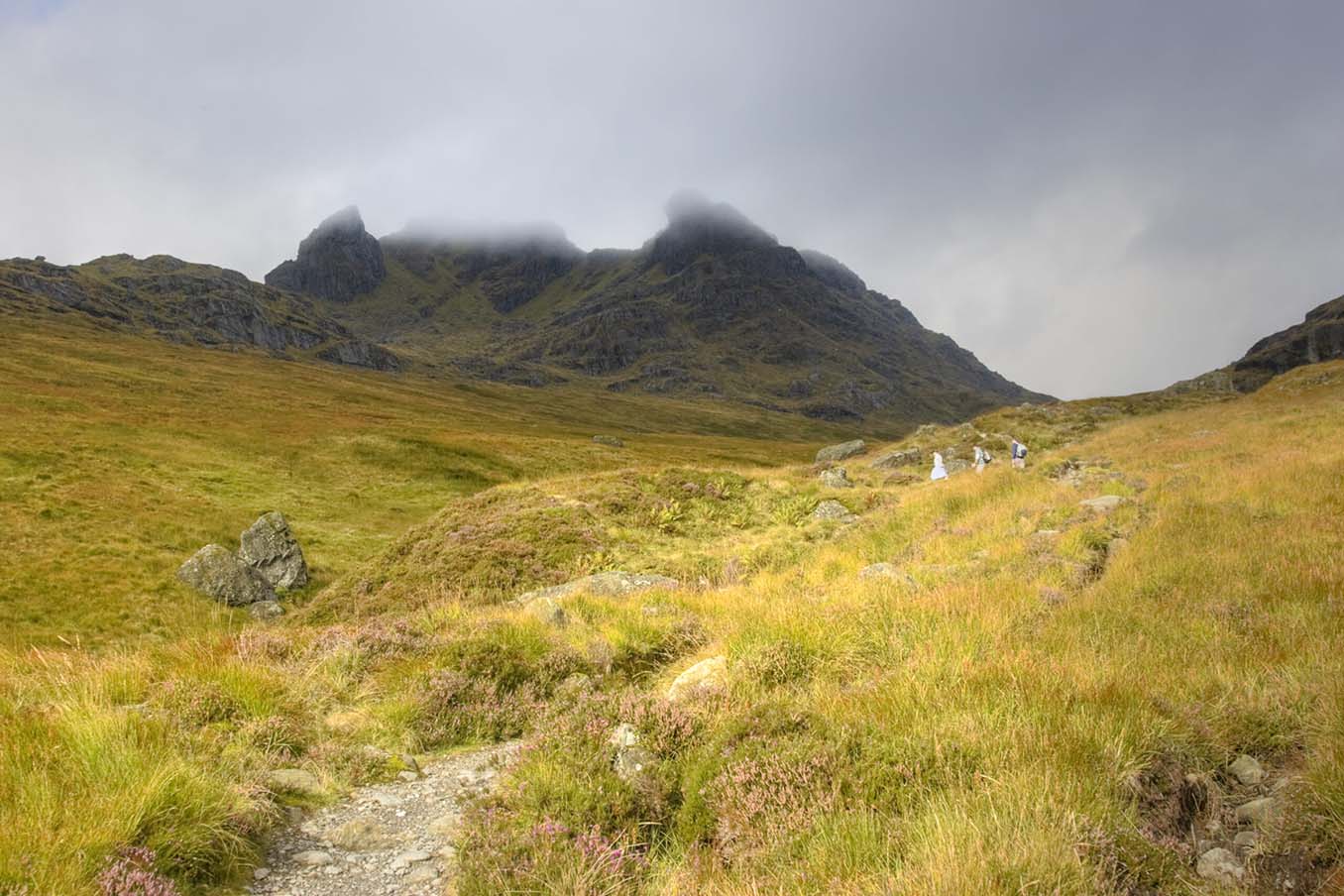In our fast-paced world, stress can seem like an inevitable part of life. As a cyclist, climber and mountaineer, I’ve dedicated a large part of my free time to exploring how the great outdoors can not only provide refuge from the storm of daily stressors from my day job as a CEO of a global IT services company, but also teach us profound lessons about managing stress through a deeper understanding of our own biology. In this blog, I want to talk about a topic introduced to me by the guys at Duratus, Gaz Banford and Dr Martin Jones, and delve into the sympathetic and parasympathetic nervous systems’ roles in stress response and how various stress management techniques can help us harmonise our body’s reactions for better health and well-being. I want to say, straight off the bat, I am obviously not an expert in this field; this is my interpretation from a webinar I attended, which sent me down a rabbit hole of understanding stress, its causes, why it’s necessary, and how to manage it. If you want to speak with stress management experts, contact the guys at Duratus.
The Dance of the Nervous System
Two key players are at the heart of our body’s stress response: the sympathetic and parasympathetic nervous systems. Part of the autonomic nervous system, they work in tandem to balance our reactions to stress.
The sympathetic nervous system is like the body’s accelerator. In response to perceived threats, it propels us into ‘fight or flight’ mode, releasing stress hormones such as adrenaline and cortisol. This increases heart rate, blood pressure, and energy supplies, preparing us to confront or evade danger.
Conversely, the parasympathetic nervous system acts as the brake. It promotes the ‘rest and digest’ state, calming the body after stress and restoring it to a state of equilibrium. Activating this system helps lower stress levels, reduce heart rate, and enhance digestion and recovery.
The Power of Nature on Our Nervous System
Engaging with nature, especially the tranquil settings of the mountains, can be a powerful way to stimulate the parasympathetic nervous system. The serene environment helps shift the body from the sympathetic nervous system’s high-alert state to the parasympathetic system’s calming influence. This transition encourages relaxation, reduces stress, and fosters a sense of peace.
Furthermore, the physical activity associated with hiking and outdoor exploration promotes the release of endorphins, our body’s natural painkillers and mood elevators. This not only helps reduce the perception of stress but also encourages a positive and rejuvenating experience in nature.
Mindfulness and the Mountains
Practicing mindfulness in the mountains offers a direct route to engaging the parasympathetic nervous system. By focusing on the present moment — the beauty of the landscape, the sound of a stream, the feel of the wind on your skin, the clink of a carabiner on rock— we encourage our body to shift into a state of restfulness. This enhances our immediate experience of nature and contributes to long-term stress management and well-being.
Strategies for Stress Management
Recognising the critical balance between the sympathetic and parasympathetic nervous systems in managing stress opens up a world of strategies for enhancing our health and happiness. In the coming blog posts, we will explore a series of stress management techniques designed to optimise our parasympathetic nervous system’s function. From the power of positive self-talk and the relaxation that comes from deep breathing techniques to the peace and tranquility offered by the mountains, we will delve into how these practices can fortify our mental resilience and lead to a more balanced and fulfilling life.
Our journey will not only highlight how to use these strategies in the context of nature but also how to incorporate them into our daily routines. By understanding and applying these techniques, we can better navigate the stresses of modern life, fostering a sense of calm, clarity, and renewed connection to the world around us.
Please check back regularly as I document my journey of using Mountains for the Mind with a blog series on self-talk, relaxation, breathing techniques, flow and understanding ‘presence’.

